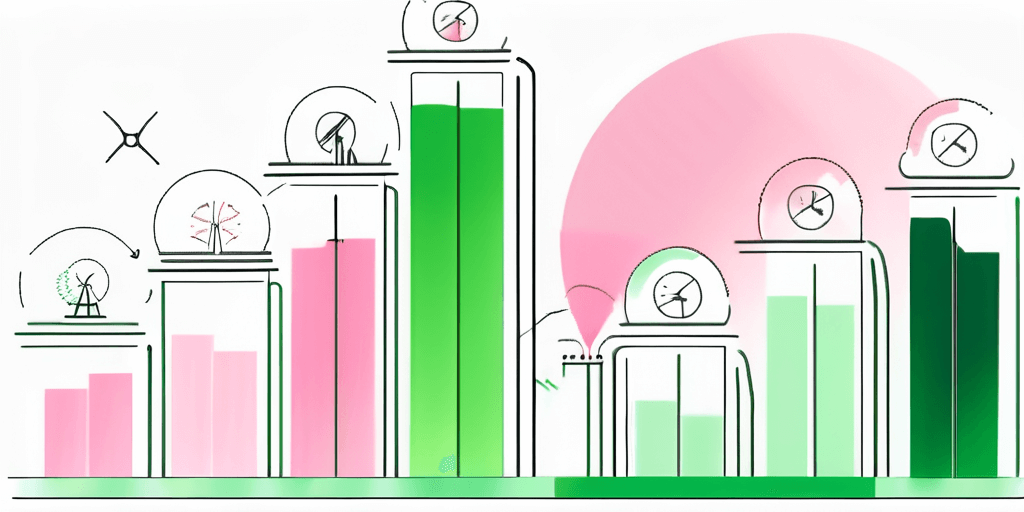Scope 2 emissions

Scope 2 emissions refer to the greenhouse gases released into the atmosphere due to the generation of electricity, heating and cooling, or steam that an organisation or facility consumes.
They are called ‘Scope 2’ because they are one part of a three-tiered framework that categorizes different types of emissions based on their source.
Understanding the Scope Emissions Framework
The Scope Emissions Framework is a classification system that was developed by the Greenhouse Gas Protocol, a widely used international accounting tool for government and business leaders to understand, quantify, and manage greenhouse gas emissions. This framework divides emissions into three ‘Scopes’ based on their source.

- Scope 1 emissions are direct emissions from owned or controlled sources.
- Scope 2 emissions are indirect emissions from the generation of purchased energy.
- Scope 3 emissions are all indirect emissions that occur in the value chain of the reporting company, including both upstream and downstream emissions.
Significance of Scope 2 emissions
Scope 2 emissions are significant because they represent a large portion of an organisation’s carbon footprint. For many organizations, the energy they purchase to power their operations is one of their largest sources of greenhouse gas emissions. By focusing on reducing Scope 2 emissions, organisations can make a significant impact on their overall carbon footprint.
Moreover, Scope 2 emissions are often easier to reduce than Scope 1 or Scope 3 emissions. This is because they are linked to energy consumption, which can be reduced through efficiency measures or by switching to renewable energy sources.
Calculating Scope 2 emissions
Calculating emissions can be complex, as it requires understanding the specific emissions factors associated with different types of energy. The Greenhouse Gas Protocol provides specific guidance on how to calculate Scope 2 emissions, including the use of location-based and market-based methods.
The location-based method reflects the average emissions intensity of grids on which energy consumption occurs, while the market-based method reflects the emissions from electricity that companies have chosen in the energy market or their specific contractual agreements.
Strategies for reducing Scope 2 emissions
There are several strategies that organizations can employ to reduce their Scope 2 emissions. These include improving energy efficiency, switching to renewable energy sources, and purchasing renewable energy certificates or carbon offsets.

Improving energy efficiency involves reducing the amount of energy required to perform specific tasks. This can be achieved through a variety of measures, such as upgrading to more efficient equipment, improving insulation, or implementing energy management systems.
Switching to renewable energy sources
Switching to renewable energy sources is another effective way to reduce emissions. This involves replacing traditional energy sources, such as coal or natural gas, with renewable sources, such as wind or solar power. This can be achieved by generating renewable energy onsite or purchasing it from a utility or independent power producer.
It’s important to note that not all renewable energy sources are created equal in terms of their impact on emissions. For example, while wind and solar power have very low emissions, biomass can have higher emissions depending on the source of the biomass and how it is burned.
Purchasing renewable energy certificates or carbon offsets
For organisations that are unable to generate their own renewable energy or switch to a renewable energy provider, purchasing renewable energy certificates (RECs) or carbon offsets can be an effective way to reduce Scope 2 emissions. RECs represent proof that electricity was generated from a renewable energy resource and fed into the shared power lines that make up the electric grid.
Carbon offsets, on the other hand, are reductions in greenhouse gas emissions that are used to compensate for emissions made elsewhere. For example, an organisation might purchase carbon offsets from a project reducing emissions, such as a reforestation or a methane capture project.
Reporting
Reporting Scope 2 emissions is a critical part of an organization’s sustainability reporting. This involves quantifying and disclosing the amount of emissions that the organisation is responsible for. The Greenhouse Gas Protocol provides specific guidance on how to report Scope 2 emissions, including the use of location-based and market-based methods.

Reporting Scope 2 emissions helps organisations track their progress towards reducing their carbon footprint and provides transparency to stakeholders, including investors, customers, and employees. This can help build trust and provide a competitive advantage for organisations leading the way in sustainability.
Challenges
One of the main challenges is the complexity of calculating emissions, especially when dealing with different types of energy and different emissions factors. This can require significant resources and expertise.
Another challenge is the lack of standardisation in reporting. While the Greenhouse Gas Protocol provides guidance, there is still a lot of variation in how organizations report their emissions. This can make it difficult to compare emissions across organisations or sectors.
Benefits
Despite these challenges, there are many benefits to reporting Scope 2 emissions. First and foremost, it helps organisations understand their impact on the environment and identify opportunities for improvement. It also provides transparency to stakeholders, which can help build trust and credibility.
Reporting emissions can help organisations comply with regulations and meet the expectations of investors. Many investors are now looking at environmental performance as a key factor in their investment decisions, and reporting helps organisations demonstrate their commitment to sustainability.
